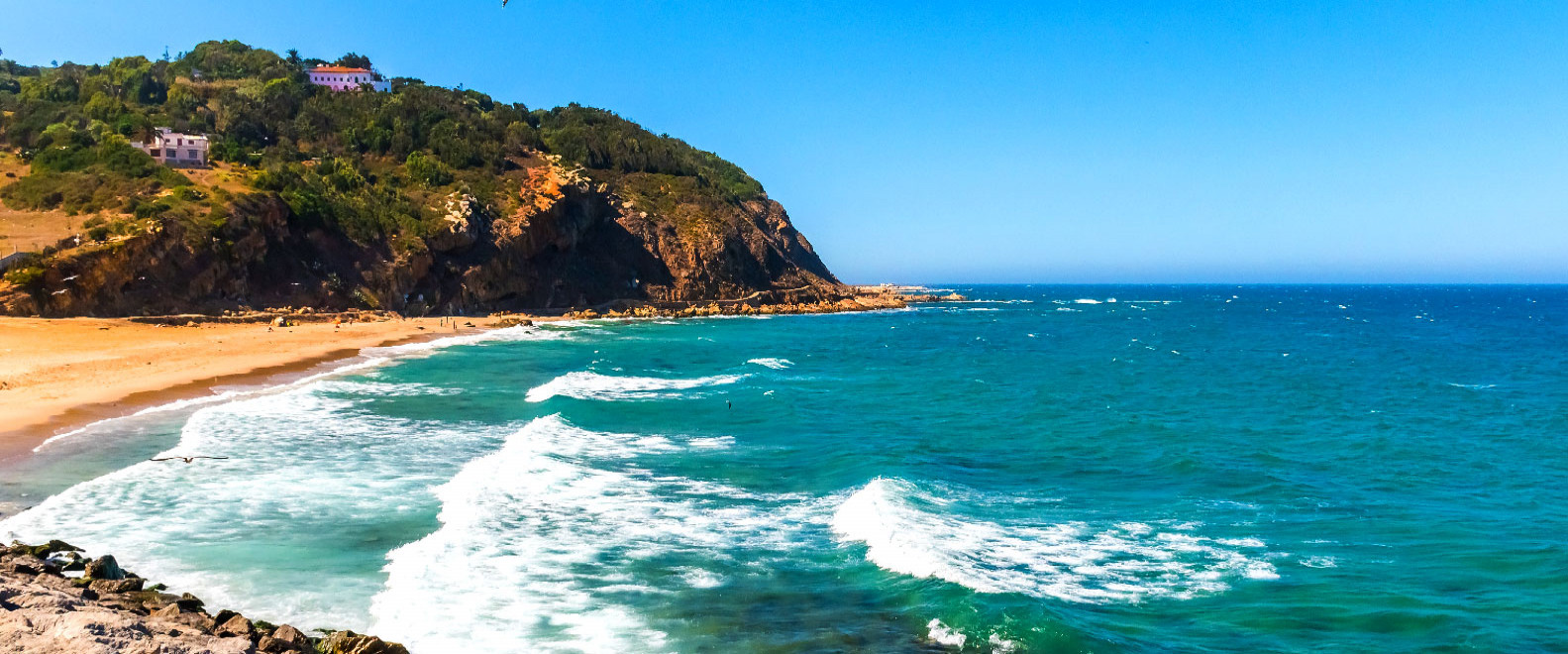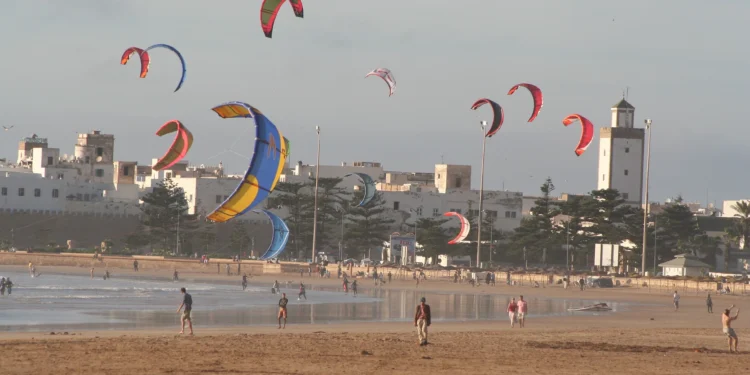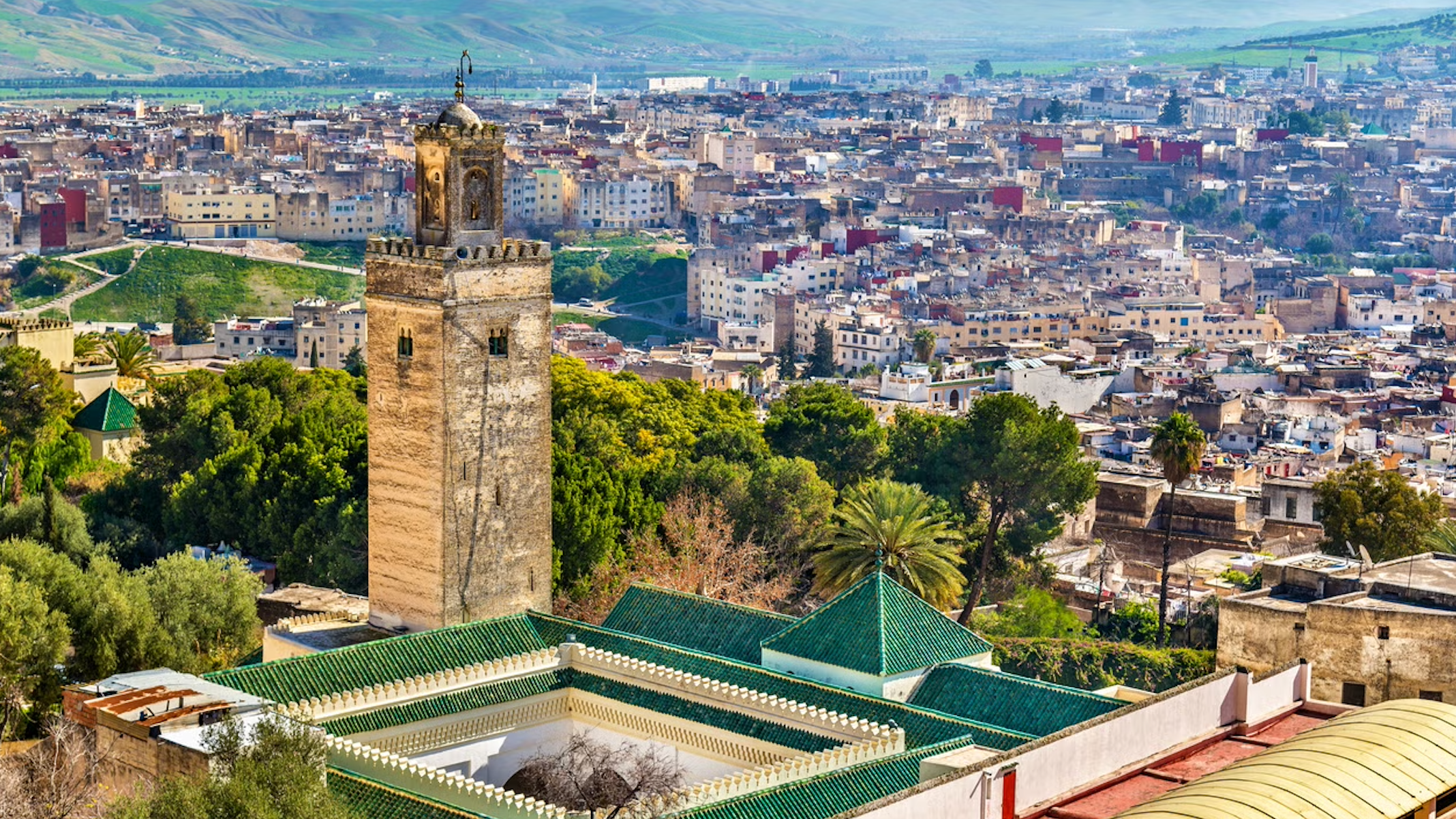Table of Contents
Morocco, a land of vibrant culture, diverse landscapes, and rich history, is a year-round destination offering something special in every season. Whether you’re a thrill-seeker looking to surf the Atlantic waves, a history buff eager to explore ancient cities, or a nature lover drawn to the majestic Atlas Mountains, Morocco has it all.
This guide will help you discover the best times to visit Morocco, with a special focus on seasonal activities that will make your trip unforgettable.
01
of 06
Spring (March to May)
Spring in Morocco is characterized by mild and pleasant weather, making it an ideal time for outdoor activities. With temperatures ranging from 10°C to 20°C, the landscape comes alive with lush greenery and blooming flowers. This is the perfect season for hiking in the Atlas Mountains, where trails are vibrant and scenic, offering breathtaking views.
Cities like Marrakech and Fes are bustling with activity in spring, allowing visitors to explore medinas, historical sites, and local markets without the intense heat of summer.
Chefchaouen could also be a great place to visit in spring, from March to May, with nice weather and fewer crowds. Enjoy your trip to the beautiful ‘Blue Pearl’ of Morocco!
Additionally, the Sahara Desert is more manageable during this time, making camel treks and overnight stays in desert camps comfortable and enjoyable.
Spring also brings a variety of festivals. The Rose Festival in May, held in El Kelaa Des Mgouna, celebrates the blooming roses with music, dance, and various rose products. Another highlight is the Marrakech International Film Festival, which showcases Arab and African films, attracting filmmakers and actors from around the world.
02
of 06
Summer (June to August)

Summer in Morocco brings hot temperatures, especially inland, with highs often exceeding 40°C. However, the coastal areas remain cooler, providing a refreshing escape from the heat. This season is ideal for surfing in Taghazout, where the Atlantic swells are perfect for both beginners and experienced surfers.
Coastal cities like Agadir and Essaouira offer a range of water sports, including kite-surfing and windsurfing. The beaches are also perfect for relaxing and enjoying the cool sea breezes. Early morning or late evening camel treks in the Sahara provide a unique desert experience while avoiding the midday heat.
Summer is also a time for vibrant festivals. The Gnaoua World Music Festival in June, held in Essaouira, celebrates Gnaoua music with performances by local and international artists. The Asilah Festival transforms the town of Asilah into a vibrant hub of creativity with art exhibitions, music, and performances.
03
of 06
Autumn (September to November)
Autumn offers comfortable temperatures, perfect for exploring both inland and coastal areas. Daytime temperatures range from 18°C to 28°C, making it an excellent time for trekking in the Atlas Mountains. Cooler temperatures make autumn an ideal season for trekking adventures, with breathtaking views and pleasant weather.
Cities like Marrakech and Fes can be comfortably explored without the summer heat, allowing visitors to enjoy historical sites, gardens, and vibrant markets. The Atlantic swells continue to attract surfers, with optimal conditions for catching waves along the coast.
Autumn also features cultural festivals. The Erfoud Date Festival celebrates the harvest season with traditional music, dance, and food. The Marrakech International Film Festival is another major cultural event, attracting filmmakers and cinema enthusiasts from around the globe.
04
of 06
Winter (December to February)

Winter in Morocco brings cooler temperatures, especially in the mountains, while coastal areas remain mild. Daytime temperatures range from 10°C to 20°C. This season is perfect for skiing in the High Atlas Mountains, where snow-covered peaks provide a stunning backdrop for winter sports.
With fewer tourists, winter is a great time to explore cities like Marrakech, Rabat, and Fes, enjoying their historical sites and cultural heritage in a quieter setting. The Sahara Desert also becomes more inviting, with milder daytime temperatures making camel treks and overnight stays in desert camps more comfortable.
Winter festivals include Yennayer, the Amazigh New Year celebrated in early January, featuring communal feasts, music, and dance, particularly in the High Atlas region. The Tan Tan Moussem, a tribal gathering in southwestern Morocco, features storytelling, traditional dance, and camel races.
05
of 06
Travel Tips for Each Season
When visiting Morocco in spring, pack layers for cooler evenings and book accommodations and activities in advance due to the high tourist season.
In summer, stay hydrated and wear sun protection. Coastal retreats can provide a welcome escape from the heat. For autumn, bring light jackets for cooler nights and take advantage of the cultural festivals and outdoor activities.
In winter, prepare for cold nights in the desert and mountains, and take advantage of lower prices and fewer crowds.
06
of 06
Conclusion
Morocco offers a diverse and enriching experience in every season. Whether you’re hiking in the spring, surfing in the summer, exploring cities in the autumn, or enjoying the mild winter, there’s always something special to discover.














Comments 1